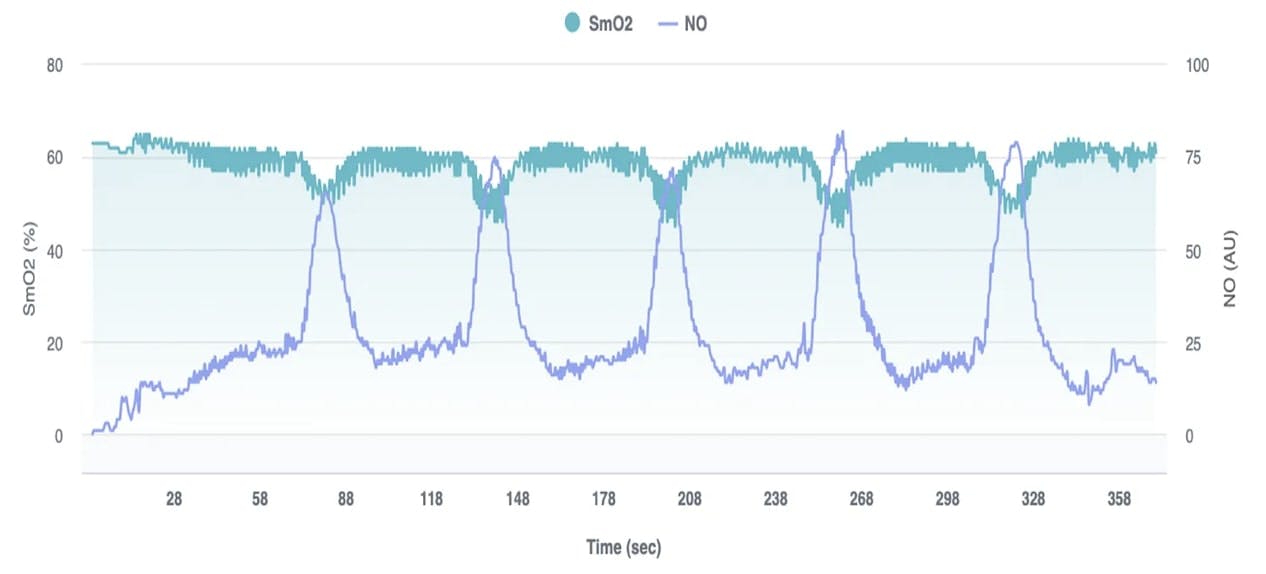Elite athletes are like artists on the field, weaving through demanding movements with a grace that seems almost effortless. Yet, there's an often-overlooked element beneath the surface of this athletic prowess: the mastery of breathing.
Well coordinated breathing isn't just about sustaining efficient movement; it's a vital component for increasing and maintaining elevated cardiac output. Cyclic changes in intrathoracic pressure during each breath play a pivotal role in influencing the cardiovascular system, partly by influencing central venous pressure, venous return, and cardiac filling — a phenomenon known as the thoracic muscle pump.
With a deep breath in, intrathoracic pressure drops, triggering a decrease in central venous pressure. This drop, however paradoxical it may seem, sets the stage for a domino effect. Lower central venous pressure boosts driving pressure, facilitating increased venous return. This, in turn, enhanced end-diastolic volume, stroke volume, and ultimately, cardiac output.
Breathing, once considered a simple bodily function, emerges as a skill that, when honed, becomes a game-changer in athletic performance. Poor breathing mechanics, on the other hand, can silently sabotage cardiac output and endurance performance.
In a previous case study, I delved into how athletes can strategically manipulate their breathing to enhance nitric oxide levels, muscle blood flow, and overall performance. Today, let's delve into real-world data captured by NNOXX wearable technology, shedding light on the profound connection between breath and performance.
In the brief experiment depicted above, an athlete embarked on a 5-minute bike erg session at a moderate intensity. The twist? At the end of each minute, they deliberately forced a complete exhale, followed by a 10-second breath hold, resulting in a a rapid 10-15% drop in muscle oxygenation (SmO2) and a noticeable surge in nitric oxide (NO) levels.
What makes this experiment truly intriguing is that the athlete's power output on the erg bike remained unwavering throughout. The shifts in nitric oxide were solely attributed to strategic alterations in breathing patterns. This revelation underscores the potential of breathing a powerful tool capable of influencing local muscle physiology.
In the realm of high-performance athletics, where every movement carries weight, the art of breath emerges as a subtle yet potent force. It's an accessible lever, waiting to be pulled by athletes seeking an edge in work-capacity sports.
In closing, the unseen influence of breath on athletic mastery is a reminder that sometimes, the most profound elements of performance are right under our noses—or, in this case, in the artful rhythm of our breath.

